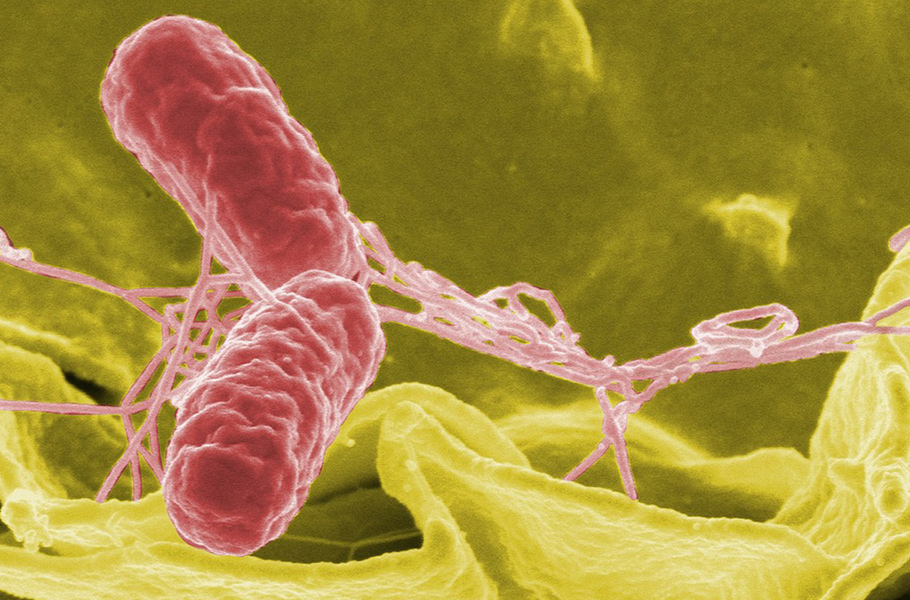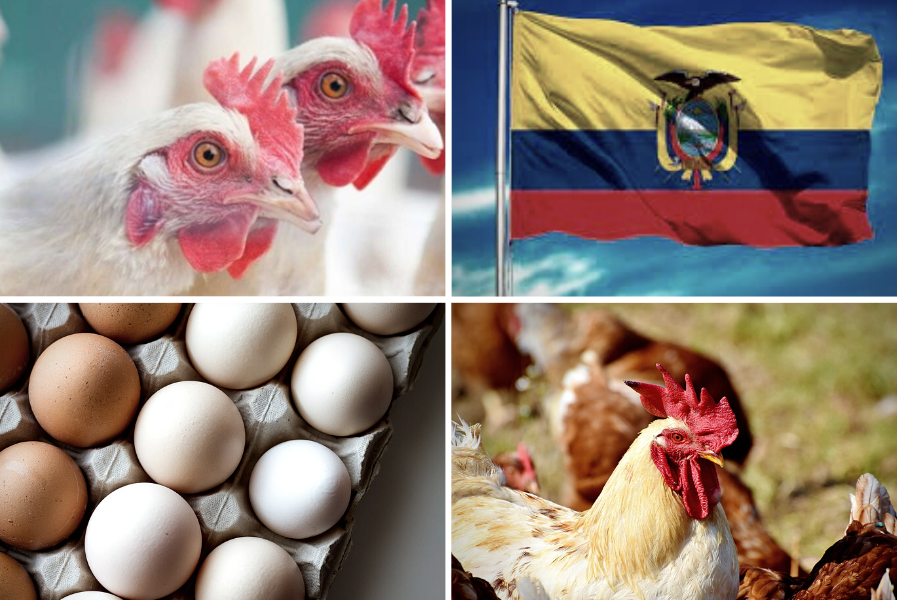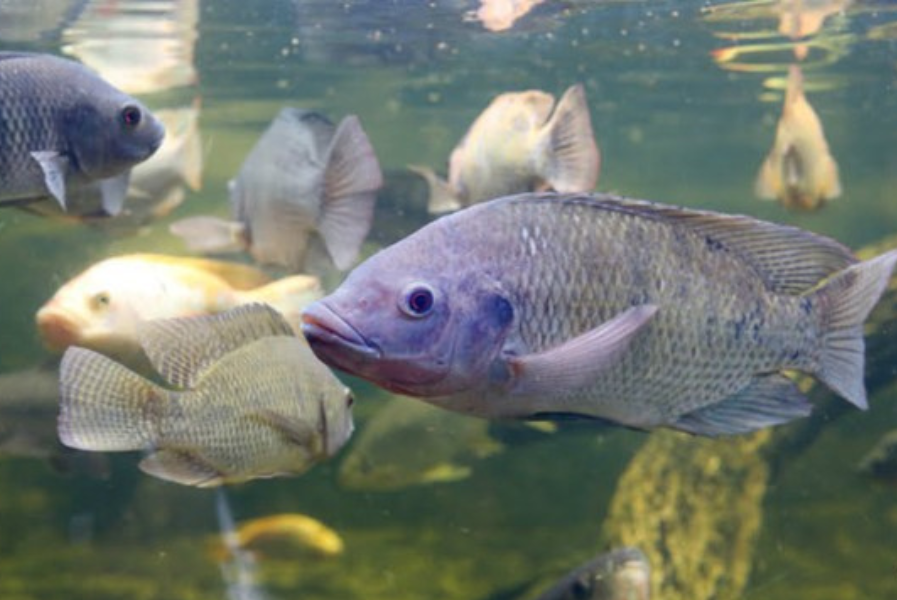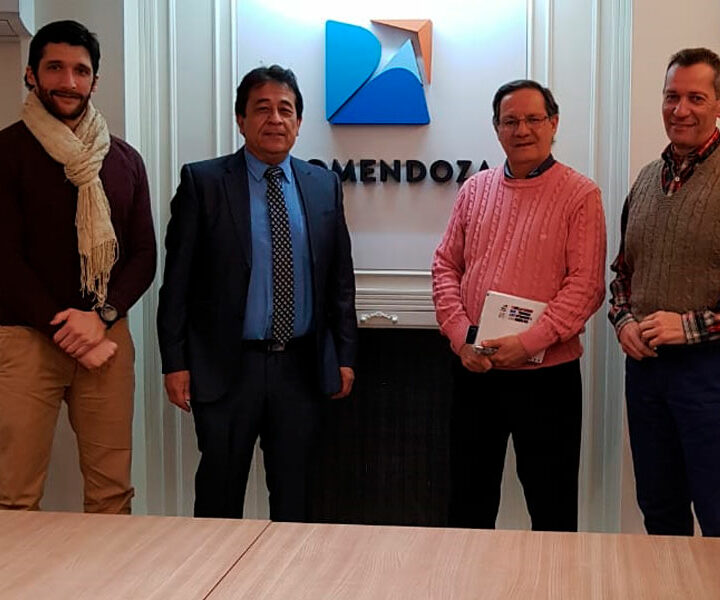
Salmonellosis
25 de May de 2022
Poultry production in Ecuador
21 de June de 2022Tilapia is among the most produced species in aquaculture worldwide, with a growth above 7% per year in recent years.
Tilapia is the common name given to a group of fish whose origin lies in Africa. It consists of several species, some with economic interest, belonging to the genus Oreochromis. The species with commercial interest are raised in fish farming facilities in an industrial manner, distributed in different parts of the world. Its production is enhanced mainly in tropical and subtropical regions, in confinement conditions they adapt so that their growth and development is favorable. Among its best-known species are the Nile, Oreochromis niloticus, Mozambique, Oreochromis mossambicus and the blue Oreochromis aureus.
Thanks to their great adaptability to the environment, they allow to express qualities such as accelerated growth, tolerance to overpopulation in relatively small spaces, adaptive capacity to captivity, being able to live in both fresh and salt waters and even poorly oxygenated waters and adapting to a wide variety of commercial diets.
Tilapia feeding, process and ingredients
The artificial feed that is added to the cages has 32% Crude Protein, including 5 to 10% fishmeal. The addition of feed begins with 25% of the body weight for the larvae, 5% for fry of 20g and 1 to 2% for specimens of 250g, up to 350 to 380g, final weight, which is obtained at the 5 months of culture in the cages.
The pelleting process and extrusion are the main methods to produce feed for tilapia, these will contain in a compacted way the physical structure which becomes their feed.
This process consists of stages such as grinding, mixing, preconditioning, compacting and drying. These technologies require the supply of heat, humidity and pressure in order to obtain cylindrical particles with the appropriate buoyancy; reduce anti-nutritional factors and generate high digestibility, however, they can also cause the loss of temperature-sensitive substances, such as vitamins and polyunsaturated fatty acids.
The main ingredients used for the composition of the pellets are various flours such as fish, soy, meat, wheat bran, premix of vitamins and minerals, calcium carbonate, bentonite, phosphorus, ashes and fibers among others.
Tilapia world production
Tilapias are very resistant to diseases, they can provide a white meat of quality and excellent acceptance, arousing great economic / commercial interest in the aquaculture industry worldwide.
Asian countries led by China, followed by Thailand, Indonesia, the Philippines and Taiwan account for 80% of world tilapia production. The rest of the production settled in Central America, Colombia, Ecuador, Honduras, Peru, and Costa Rica, where the warm climates suit them very well.
Tilapia production in Costa Rica
Costa Rica, with an area of only 51,000 km2 with a population density of 100 inhabitants per km2, has abundant fresh and salt water resources that, together with its tropical climate, make aquaculture resources more suitable for tilapia farming.
In 1960, the development of aquaculture became relevant, with the aim of promoting the socio-economic boom in rural areas through the adoption of technologies to produce this exotic species.
In recent years, the consumption of tilapia has increased and the product can be found in fish markets, supermarkets, fairs, restaurants and in recreational fishing ponds.
The cultivation of tilapia mainly located in the North Zone of Costa Rica, has shown a strong development, product of the use of technified farming systems and the increase in the consumption of this fish in the diet of Costa Rican families, especially in the regions Sancarleña, and Chorotega, where approximately 317.25 metric tons of whole tilapia were consumed in the local market.
Disease prevention using natural additives
The manipulation, defective diets, variations of PH, temperature, and immunosuppression generated by stress, are favorable factors for microorganisms to take advantage of certain predisposing factors and can cause diseases.
Given the scarcity of effective and available treatments available to the producer, prevention, management and sanitation is the best tool for him to achieve excellent results at a productive level, and to reduce the mortality rate. The supplementation of mycotoxin binders, bactericides and fungicides, and natural additives based on SHIKIMATES are necessary so that the functionality of the organs in general works optimally and the individual is unable to generate “stress with subsequent immunodeficiency”.



